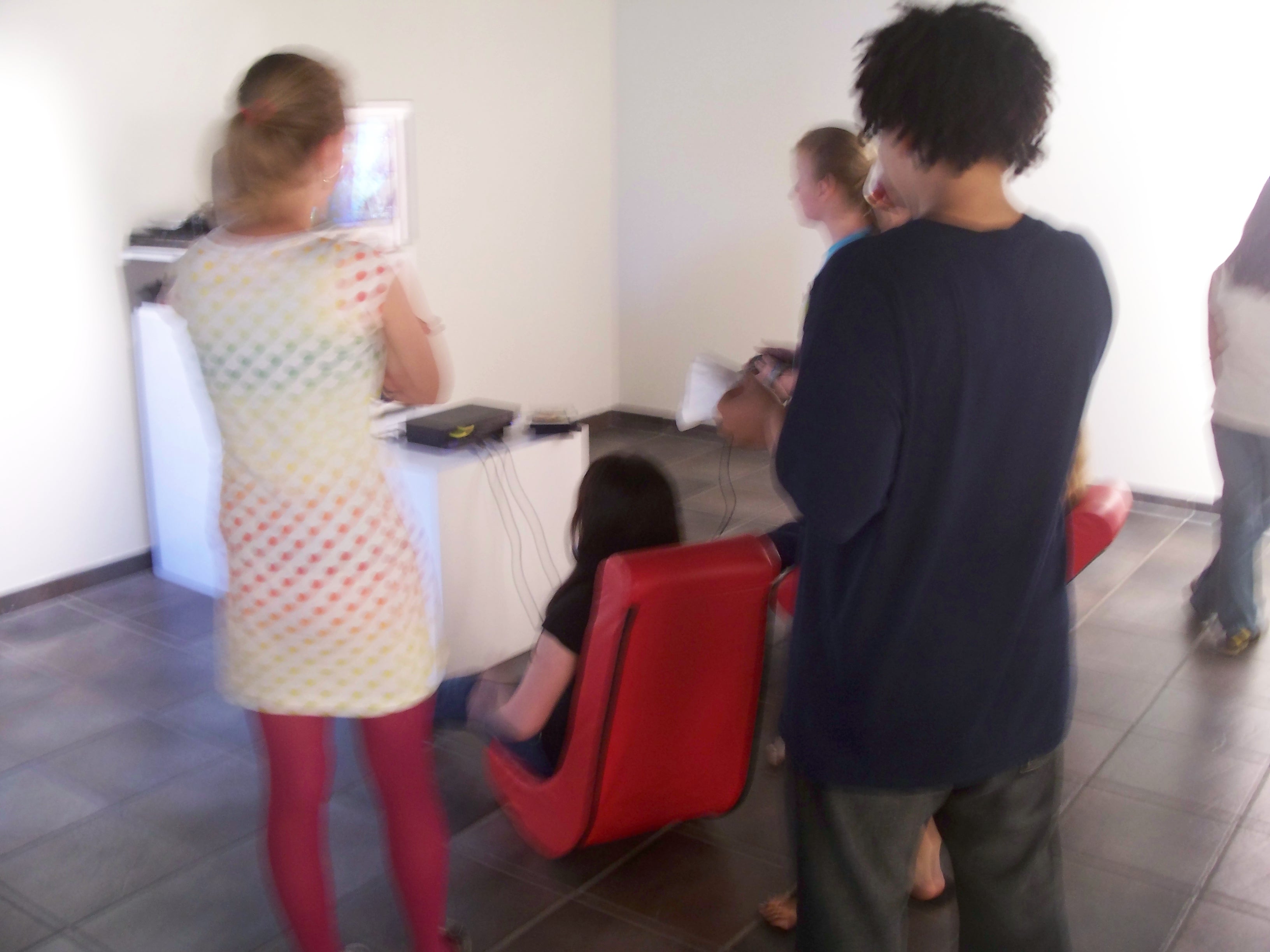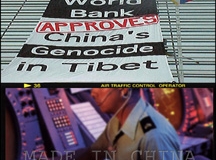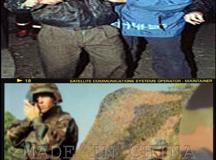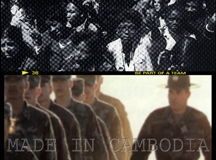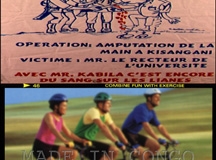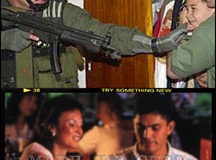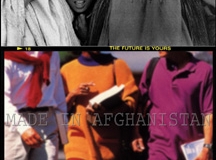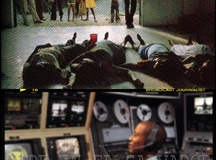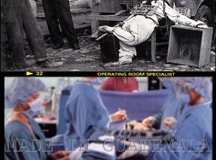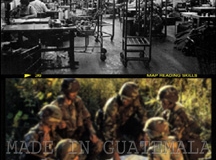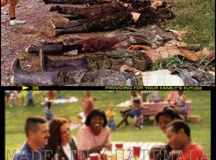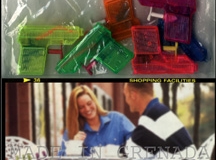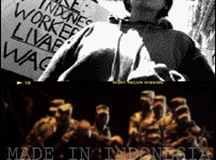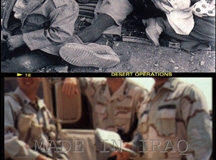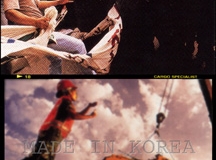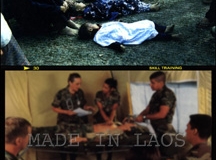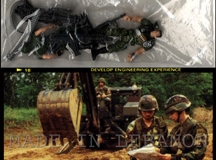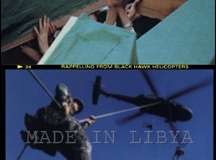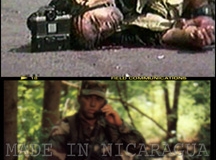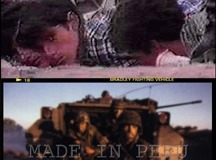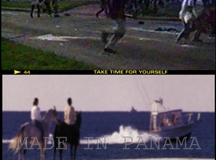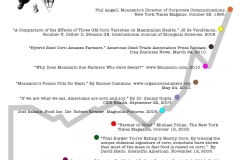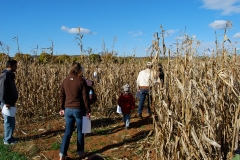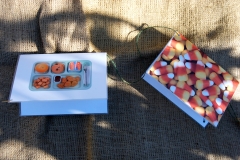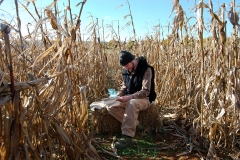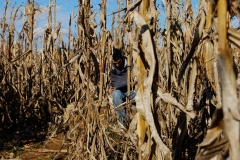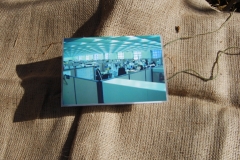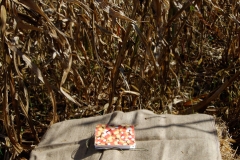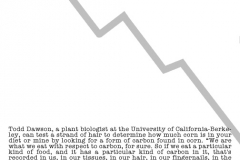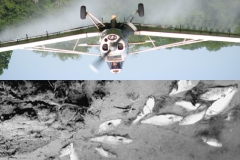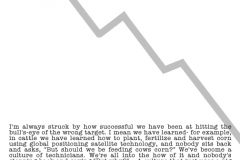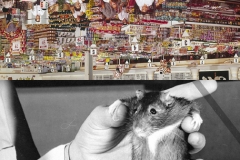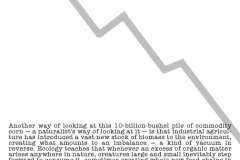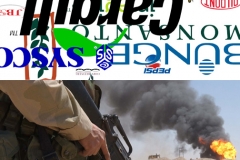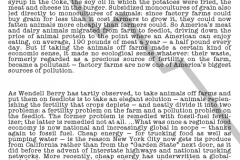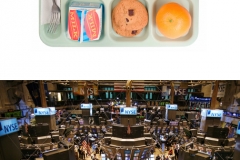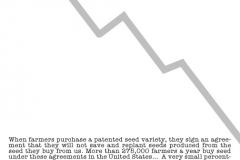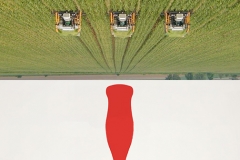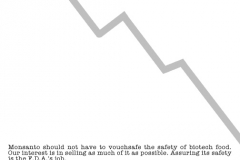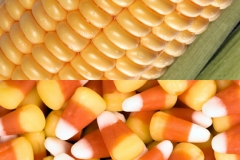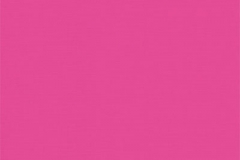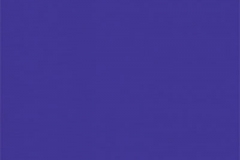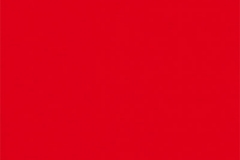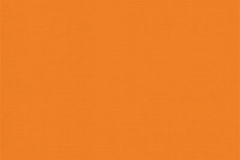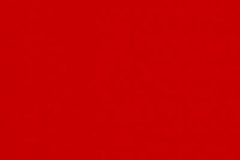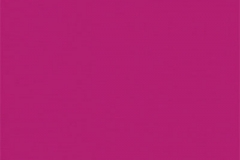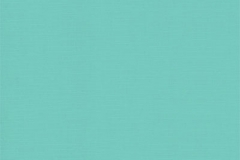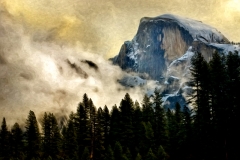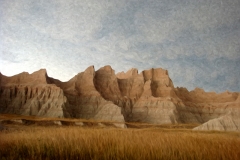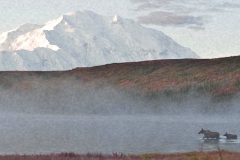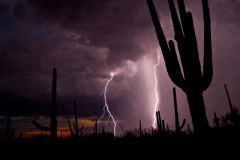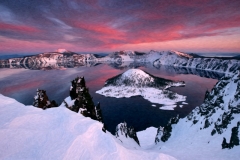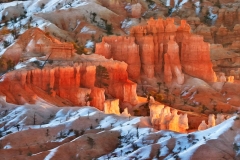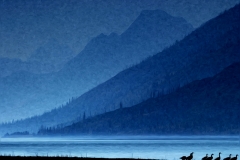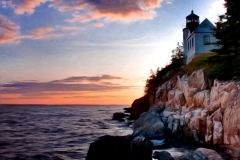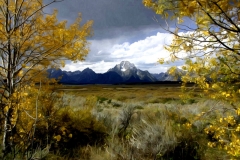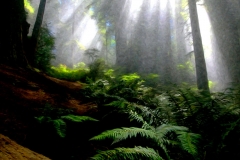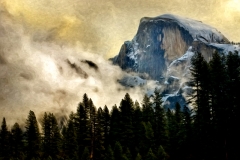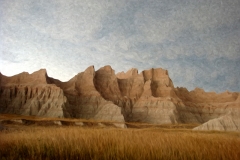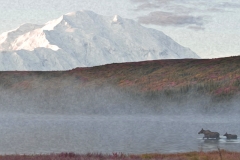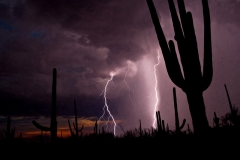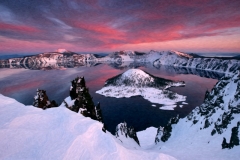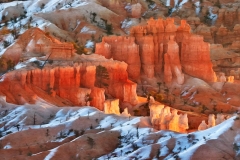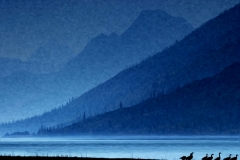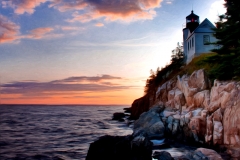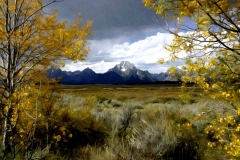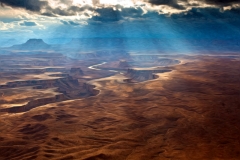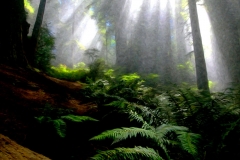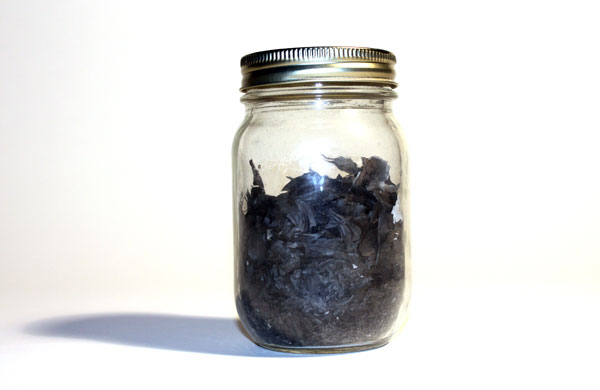Color Fields: 21st Century Man, Heroic & Sublime | 2011
Series. Oil on canvas, 48″ x 48″ each
“We are reasserting man’s natural desire for the exalted, for a concern with our relationship to the absolute emotions…The image we produce is the self evident one of revelation, real and concrete, that can be understood by anyone who will look at it without the nostalgic glasses of history.”
“The Sublime is Now,” Barnett Newman, 1948
“Landor conceived and designed two projects for The Procter & Gamble Company in which color has been particularly successful; Febreze® Air Effects and Secret® Sparkle™. Both projects leverage a principle called senesthesia, which concerns the multisensor psychological messages color can communicate, a phenomenon I first became familiar with at CMG Workshop discussions. The colors for Febreze Air Effects were selected to evoke the sense of light, subtle and airy fragrances. The colors for Secret Sparkle were selected to evoke the flavors that reinforce the tasty versioning names. We’ve found that the more globally the senses are evoked, the more likely it is that the consumer will become engaged and ultimately purchase the product. In 2005, Febreze won Best Brand Design from P&G. Secret Sparkle expanded the market base of the Secret brand by growing the Secret entry-level market. In these two cases, color sells through exciting the senses!”
“The Profit of Color! Color experts from the Color Marketing Group share their success stories,” The Color Marketing Group (CMG) ‘Color Sells, and the Right Colors Sell Better.’
Home Page
The Supreme Court held in the 1995 case of Qualitex Co. v. Jacobson Products Co., 115 S.Ct. 1300 (1995) that the green-gold color of a dry cleaning press pad can function as a trademark. The court’s landmark decision certified that color itself, apart from any particular graphic representation, may be patented and therefore legally owned as private property. In the years following the 1995 Supreme Court decision corporations have raced to trademark their brand colors resulting in a series of color trademark infringement cases. Color Fields is a series of oil paintings depicting several currently patented colors of the spectrum. Colors include Barbie pink, UPS brown, Coca Cola red, Target red, The Home Depot orange, T-Mobile magenta and Tiffany blue.
When Barnet Newman’s painting Vir Heroicus Sublimis debuted in 1951 Newman invited viewers to stand only inches away from the canvas because it is precisely at this range that the enormous painting engulfs the viewer’s field of vision thereby eclipsing the surrounding world. And yet, However engrossing, intoxicating and pleasantly debilitating an uninterrupted color field might be for an artist or an especially enthusiastic museum visitor, the fact remains that falling headlong into a sea of Red, will likely get you promptly removed from the premises by security guards. Perhaps Newman’s innovation of “zips” serves as a safety device – a visual system of restraints – in the event just such a transcendental moment befalls an unsuspecting art lover within the hallowed halls of MOMA. Leave it to the “zips” to snap us back to the thingness of the thing we’re looking at – a painting on a wall in a museum on 11 West 53 Street.
However remote from the world of marketing and capitalism Newman and many other modernist painters and institutions might have thought the experience of their art would be, the lofty goal of transporting the viewer into sublimity through a total immersion in the product (painting) seems very much at home in the current field of branding and color marketing. Perhaps we only fail to see this common purpose because paintings are considered Fine Art (with all of its lofty pseudo-spiritual goals) while advertising is seen as commerce. Anyone who makes this silly distinction should take a look at what a Barnett Newman sells for these days. It is quite apropos in this context that artists can only hope to find success in the contemporary art world after developing a consistent visual style, a trademark if you will, thereby confirming one’s place in the art commodity market.
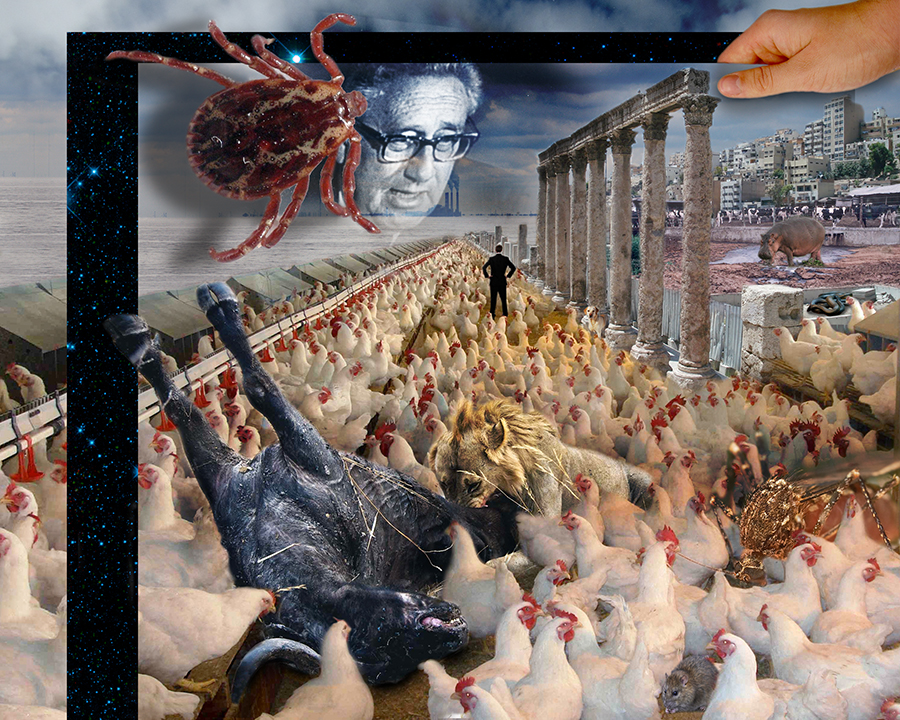
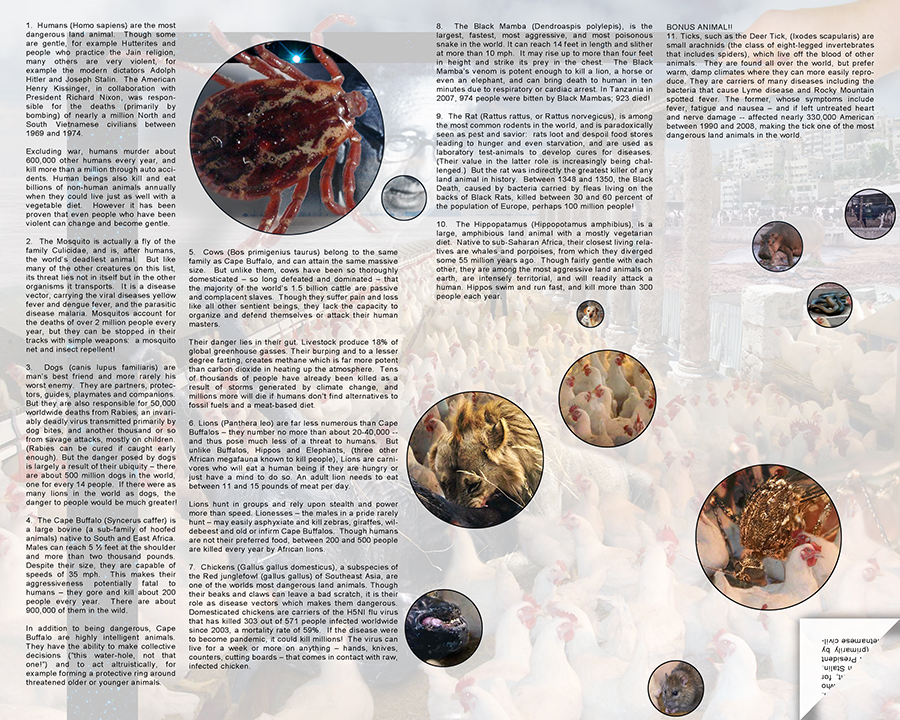

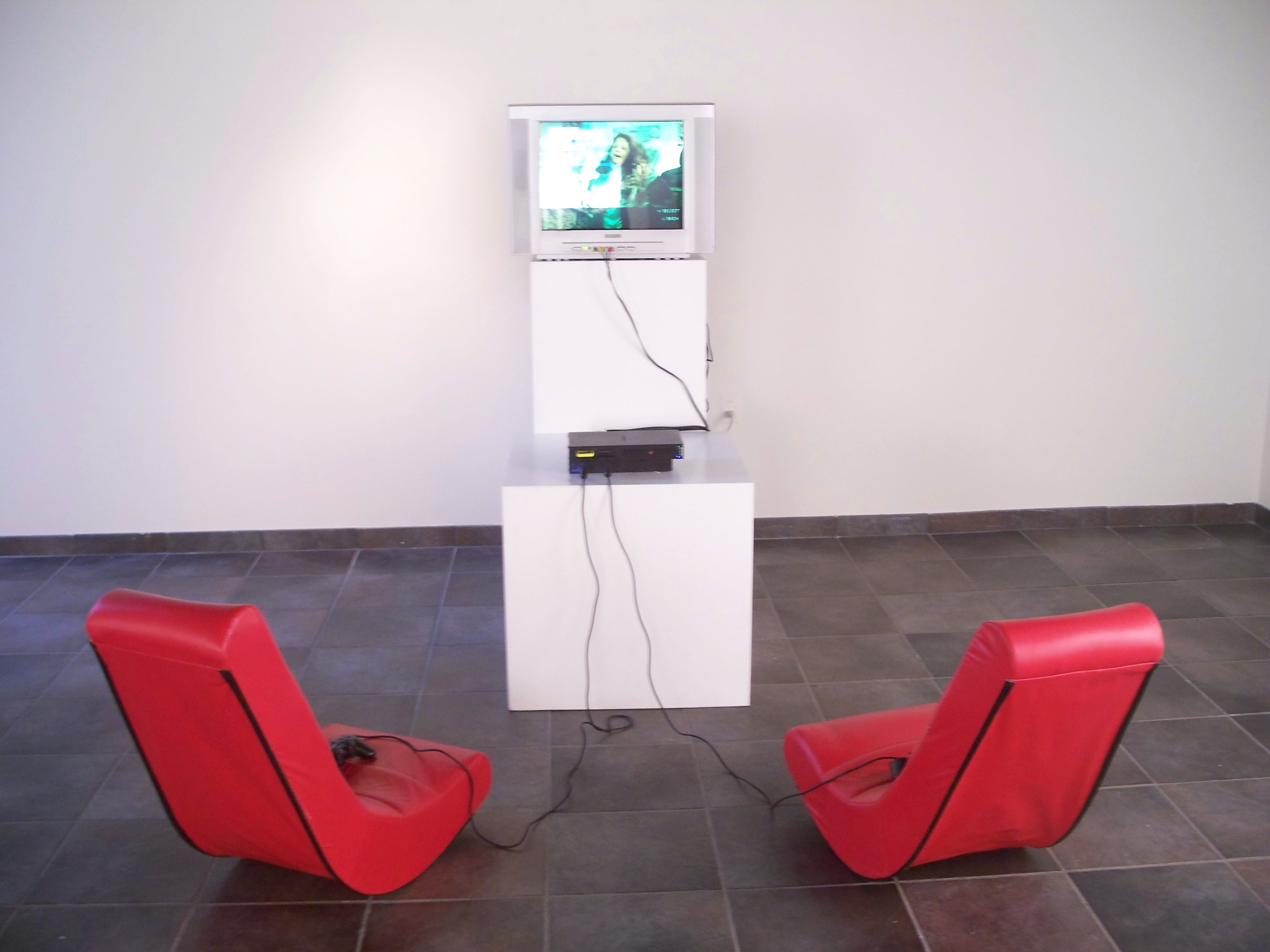 Ps4
Ps4